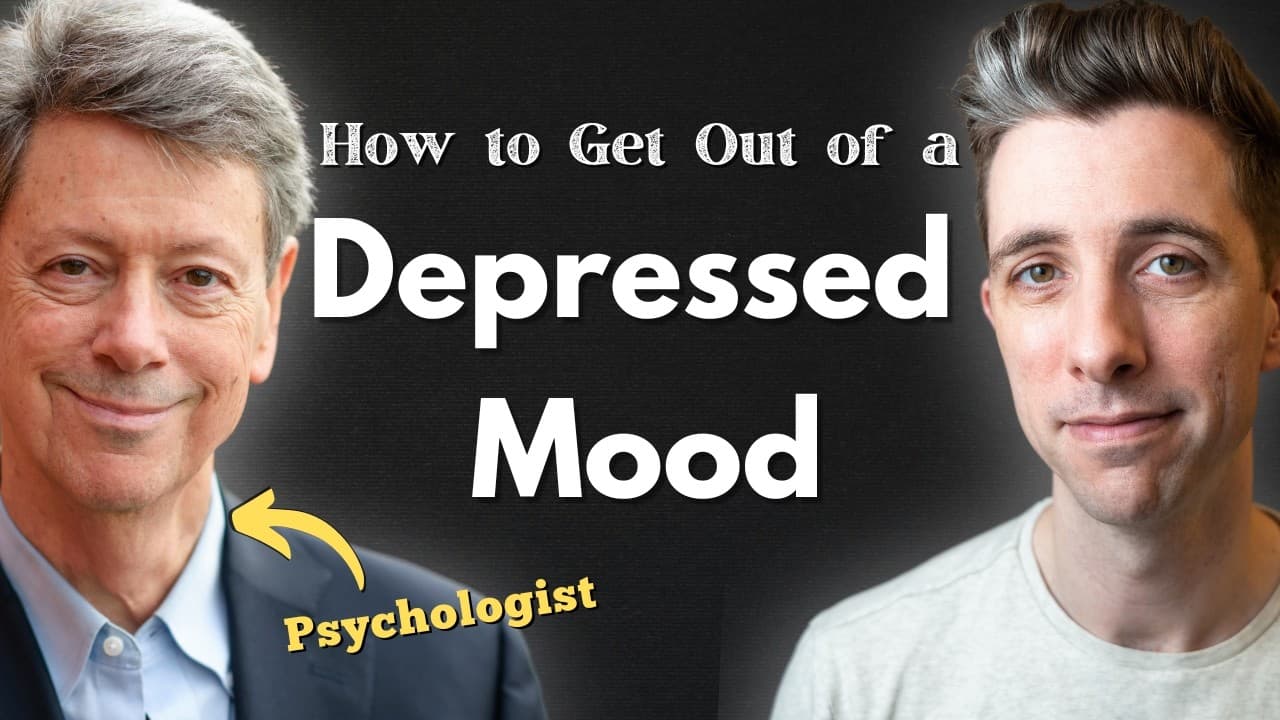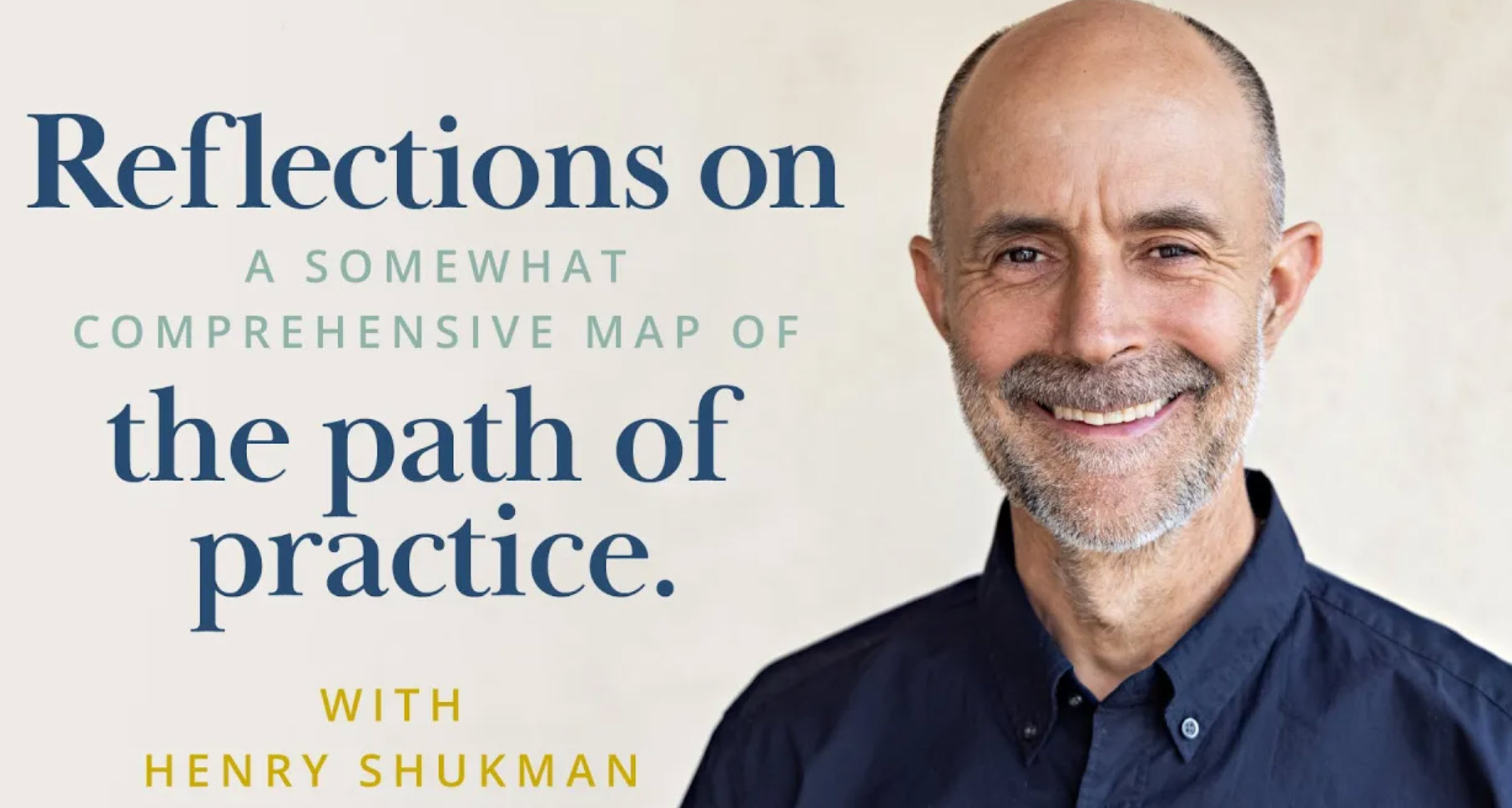What Do You Need?
THE PRACTICE: GROW A KEY INNER STRENGTH.
Why?
We all have issues – including demands upon us, stresses, illnesses, losses, vulnerabilities, and pain. (As Alan Watts put it: “Life is wiggly.”) Of course, many of our issues – in the broad sense I’m using the word here – are related to important sources of fulfillment, such as starting a business or raising a family; still, there’s some kind of challenge.
This JOT offers a basic road map for how to deal with issues – for healing, well-being and effectiveness, and personal growth. It’s a little longer than usual, but the approach here has helped me a lot – and I bet it will help you, too.
Some issues are out there in the world, such as financial concerns, an aging parent with dementia, a baby with colic, a tough quarter at work (or in college), a combative neighbor, or conflicts in an intimate relationship.
Some issues are in the body, such as an illness, injury, or vulnerability to dysregulated hormones.
And some issues are in the mind, like anxiety, depressed mood, low self-worth, trauma, lingering pain from childhood, learning disability, fear of public speaking, or grief over a loss.
Of course, an issue could be a combo (oh joy), such as feeling angry about being treated unfairly at work.
To deal with issues, we need resources. A fundamental model in psychology and medicine says that a person’s course – over a day or a year or a lifetime – is determined by just two factors: issues (challenges and vulnerabilities) and resources. As issues increase, so must resources as well.
Get Tips Like This Delivered Right to Your Inbox
You can unsubscribe at any time and your email address will never be shared or sold.
How?
Resources can be found out in the world, in your body, and in your mind. The location of the resource does not need to be linked to the location of the issue. For example, better health insurance (resource in the world) could help with a chronic illness (an issue in the body), and more self-confidence (resource in the mind) could help with the need to assert yourself at work (an issue in the world).
I’m going to focus here on resources in your mind: what I call inner strengths. These include capabilities (e.g., mindfulness, emotional intelligence, resilience), positive emotions (e.g., gratitude, love, self-compassion), attitudes (e.g., openness, confidence, determination), somatic inclinations (e.g., relaxation, grit, helpfulness), and virtues (e.g., generosity, courage, wisdom). This is the good stuff we want to have inside ourselves.
Sure, it’s also good to do what you can to increase the resources out in your world (like nurturing a friendship with someone at work) and in your body (such as getting more exercise). But it’s often slow and difficult to build resources in the world and the body; you likely have more influence over growing resources in your mind. And as the resources in your mind grow, they will help you build resources in your body and your world.
To grow your inner strengths – particularly the key inner strengths that will help the most with an issue – consider the four questions below. You can use them for yourself or explore them with others. Throughout, it’s good to have an attitude of curiosity, kindness toward oneself, and resourcefulness.
1. What’s the issue?
Pick an issue. (Maybe you’re the rare person with just one.) Try to be reasonably specific. “Life sucks” could feel unfortunately true, but it doesn’t help you focus on resources or solutions.
If the issue is located in your world or body, be mindful of how it affects you psychologically. Sometimes we just can’t do anything about a condition in the world or body, but at least we can do something about our reactions to it.
2. What psychological resource – inner strength – if it were more present in your mind, would really help with this issue?
This is the key question. It can be interestingly difficult to answer, so an initial confusion or struggle with it is common. Clues toward an answer could come from exploring these questions:
- What – if you felt or thought it more – would make things better?
- What – if you had felt it more as a child, or whenever the issue began – would have made a big difference?
- Does the issue ever get better for you – and if so, what factors in your mind (e.g., perspectives, feelings, motivations) help it be better?
- Deep down, related to this issue, what does your heart long for?
There could be more than one resource, of course, but for simplicity and focus, it does help to zero in on just one or two key resources at a time.
Sometimes we need to grow an intermediate resource (e.g., the capacity to tolerate feeling rejected, so that we are willing to risk experiencing that feeling) in order to get at the key resource we need to develop inside (e.g., the inclination to ask for love).
3. How could you have experienced this inner strength?
In other words, how could you activate it in your mind so that you can install it in your brain? This is the first step – Have – of the HEAL process. You can learn more about it in my book, Resilient, or in this video on Taking in the Good.
It could be that the resource is already present and you just need to notice it (e.g., the feeling that the body is basically alright right now). But often, you need to deliberately create it (e.g., call up a sense of determination from the emotional/somatic memory of times you were pushed through a difficulty).
4. How could you help this experience of inner strength really sink into you?
In other words, how could you enhance the installation, the neural encoding, of this experience to grow this resource inside yourself?
This involves the second and third steps of the HEAL process: Enrich and Absorb.
If you like, you can be aware of both the resource (e.g., feeling determined) and one or more psychological aspects of the issue (e.g., feeling helpless) so that the resource starts associating with and helping with these aspects of the issue. This is the fourth, optional step of the HEAL process: Keep the sense of the issue small and off to the side of awareness while your experience of the resource is “big” and rich in the foreground of awareness.
* * *
Whew. This probably seems like a lot. But in practice, it’s simple and straightforward. To use a metaphor, if you have scurvy, what would really help would be some vitamin C. What’s your vitamin C these days?
When you know what your vitamin C is, daily life becomes full of opportunities to notice or create experiences of this inner strength, this key psychological resource. And then you can take it into yourself, making it a part of you that’s with you wherever you go.
If this key resource is not yet clear to you, you can always look for authentic chances to feel cared about (such as included, seen, appreciated, liked, or loved). Love, broadly defined, is the ultimate multivitamin!
Know Someone Who Could Grow a Key Inner Strength?
Use the buttons below to share this article via social media or email.



